1. Tapestry – Carole King (1971)

Most people know Carole King as a songwriter, but when Tapestry came out in 1971, it proved she could hold her own as a performer too. With songs like “It’s Too Late” and “I Feel the Earth Move,” the album became one of the best-selling records of all time. It dominated the charts for 15 weeks, yet in today’s conversations about great rock albums, it sometimes gets overshadowed by louder, flashier releases of the era.
What makes Tapestry so special is the intimacy of King’s voice paired with her sharp, relatable lyrics. The songs spoke to a generation coming to terms with independence, heartbreak, and change. Despite its success, many younger fans don’t realize just how groundbreaking it was, making it one of the most influential but often overlooked albums of the decade.
2. Eat a Peach – The Allman Brothers Band (1972)
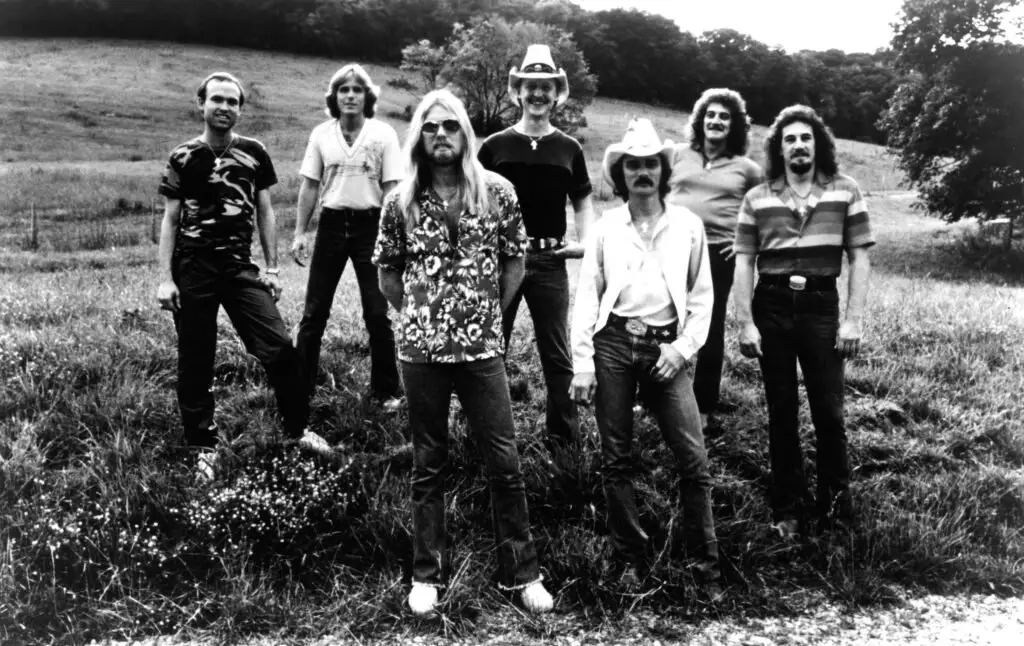
The Allman Brothers Band are icons, but their 1972 double album Eat a Peach doesn’t always get the attention it deserves. Released after the tragic death of Duane Allman, it’s a mix of studio tracks and live performances that capture the band at a crossroads. “Melissa” and “Blue Sky” are classics, but the extended jams on songs like “Mountain Jam” show off their improvisational brilliance.
While At Fillmore East often gets all the credit, Eat a Peach has a warmth and resilience that make it unforgettable. It’s both a tribute to a fallen bandmate and a celebration of Southern rock at its peak. Many people know a song or two from it but forget just how strong the album is as a whole.
3. Aja – Steely Dan (1977)

Steely Dan’s Aja is a masterpiece of studio perfection, blending jazz, rock, and pop into a smooth, complex mix. Songs like “Deacon Blues” and “Peg” showcase their meticulous musicianship and sardonic lyrics. It was a commercial and critical success in the late ’70s, but it’s not often remembered in the same breath as albums like Rumours or Hotel California.
Part of the reason is that Steely Dan had such a unique sound that didn’t fit neatly into any box. Aja is an album for people who love the art of production as much as the music itself. While hardcore fans still swear by it, casual listeners sometimes forget just how big a deal it was when it came out.
4. Fragile – Yes (1971)

Progressive rock often divides listeners, but Fragile was one of the albums that brought the genre into the mainstream. Featuring the hit “Roundabout,” it combined complex musicianship with memorable hooks. The album introduced Rick Wakeman’s keyboards and showed off the band’s ability to blend technical skill with accessibility.
Although Yes is still a respected name, Fragile doesn’t always get the same love as albums by Pink Floyd or Led Zeppelin. Yet its influence is undeniable, paving the way for countless prog and art rock bands. It’s a reminder of a time when ambitious, sprawling arrangements could still become radio hits.
5. Aqualung – Jethro Tull (1971)
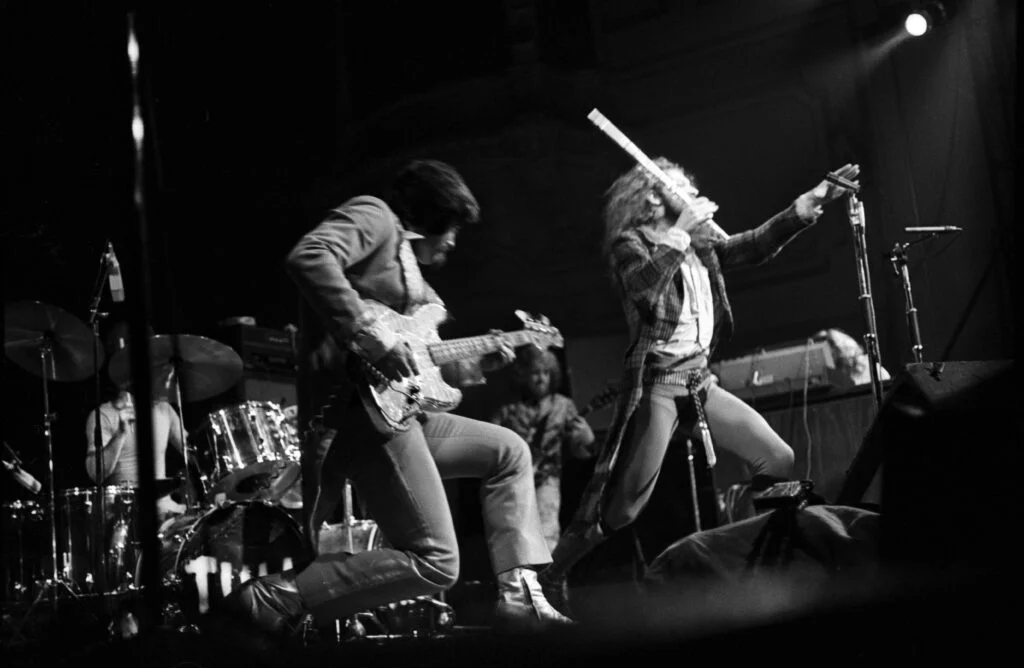
Jethro Tull’s Aqualung is best remembered for its title track, but the whole album was a bold mix of rock, folk, and progressive elements. With Ian Anderson’s distinctive flute playing and biting lyrics, it stood out from the crowd. Songs like “Cross-Eyed Mary” and “Locomotive Breath” have aged surprisingly well, even if they don’t get played on classic rock radio as often anymore.
At the time, Aqualung was a big deal, sparking debates about whether it was a concept album or not. These days, it’s often forgotten outside of die-hard fans, but it remains one of the most unique and daring albums of the ’70s. If you give it a spin, you’ll see why it was so influential.
6. Captain Fantastic and the Brown Dirt Cowboy – Elton John (1975)

When people think of Elton John, hits like “Tiny Dancer” or “Rocket Man” usually come to mind. But Captain Fantastic and the Brown Dirt Cowboy was actually one of his most personal and ambitious albums. Telling the story of Elton and lyricist Bernie Taupin’s early struggles, it topped the charts upon release and produced the hit “Someone Saved My Life Tonight.”
Despite its success, the album has faded from mainstream memory. It’s a fascinating snapshot of Elton John at the height of his creativity, before fame completely consumed him. For fans willing to dig deeper than the greatest hits, this record offers a rewarding listen.
7. Pretzel Logic – Steely Dan (1974)
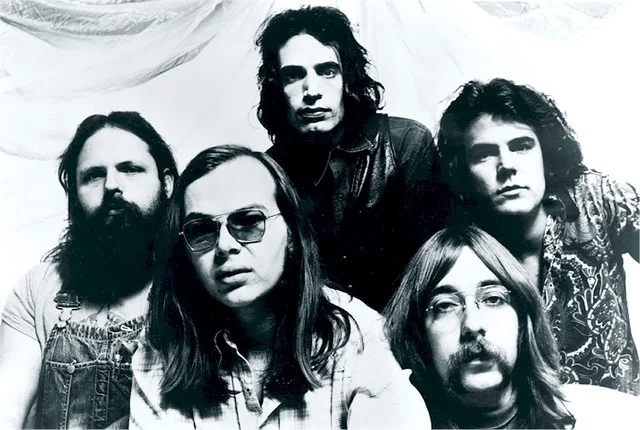
Yes, another Steely Dan record, but Pretzel Logic deserves its own spotlight. The album gave us “Rikki Don’t Lose That Number,” their highest-charting single, but the rest of the record is just as strong. With its mix of jazz, pop, and rock, it helped define the band’s reputation for sharp songwriting and inventive arrangements.
Yet over time, Pretzel Logic has slipped into the background compared to Aja. It’s an album that rewards repeat listens, revealing new layers each time. For fans of clever, polished rock, it’s a hidden gem waiting to be rediscovered.
8. Tres Hombres – ZZ Top (1973)

Before ZZ Top became known for their beards and flashy ’80s music videos, they put out Tres Hombres, a blues-rock powerhouse. Featuring “La Grange,” the album captured the raw, gritty side of Texas rock. It was their breakthrough and cemented them as a force to be reckoned with.
Though “La Grange” is still played on classic rock radio, the rest of the album doesn’t get the love it deserves. Tracks like “Waitin’ for the Bus” and “Jesus Just Left Chicago” showcase ZZ Top’s ability to mix blues authenticity with rock swagger. It’s a forgotten classic that shows where the band’s legacy began.
9. Moondance – Van Morrison (1970)

Van Morrison’s Moondance is often overshadowed by his earlier masterpiece Astral Weeks, but it’s the record that made him a radio staple. Songs like “Moondance,” “Crazy Love,” and “Into the Mystic” blended jazz, soul, and folk in a way that felt effortless. It was a warmer, more accessible album that resonated with a wide audience.
Despite its initial popularity, Moondance doesn’t always get brought up when people discuss the great albums of the ’70s. It’s a record full of charm and depth, showing Morrison at his most joyful. It deserves a fresh listen from anyone who’s only familiar with the hits.
10. Stage Fright – The Band (1970)
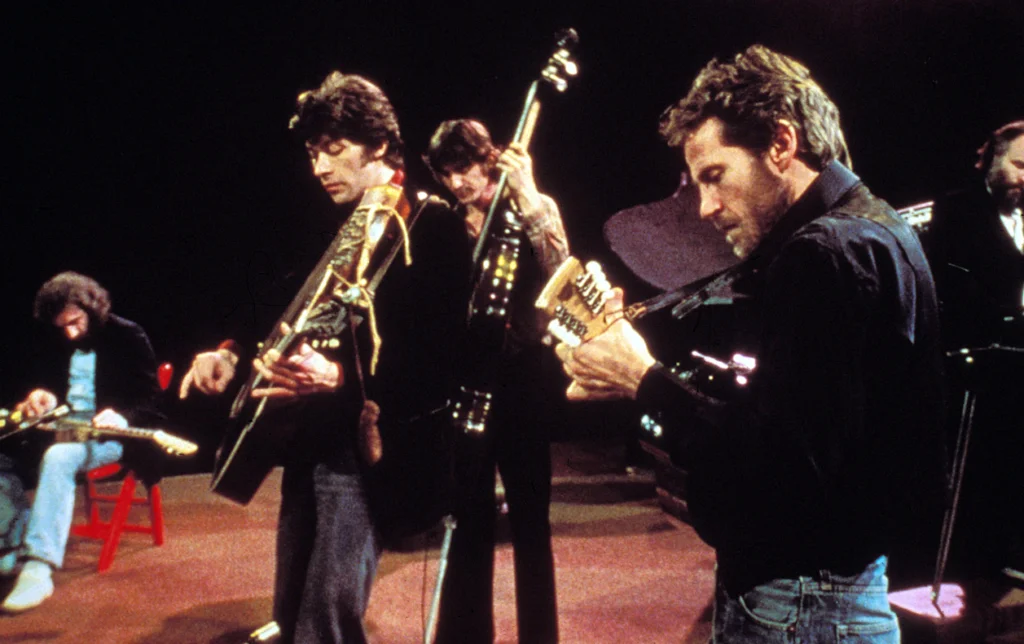
The Band’s first two albums often get the spotlight, but Stage Fright is a fascinating follow-up that captures the tension of sudden fame. Songs like “The Shape I’m In” and the title track reveal a group grappling with the pressures of success. It may not have been as instantly iconic as Music from Big Pink, but it’s every bit as compelling.
Over the years, Stage Fright has slipped into the background of rock history. Still, it’s an album that speaks volumes about the struggles of artists in the spotlight. For fans of raw honesty mixed with incredible musicianship, this is one worth rediscovering.
11. Powerage – AC/DC (1978)

AC/DC fans often point to Highway to Hell or Back in Black, but Powerage is the true hidden treasure in their catalog. Released in 1978, it didn’t produce any huge radio hits, but tracks like “Riff Raff” and “Sin City” became fan favorites. It’s a grittier, less polished record that shows the band’s raw power before superstardom.
Even Keith Richards once praised it as his favorite AC/DC album, yet many casual listeners don’t even know it exists. Powerage captures the band at their most hungry and dangerous, making it one of the most underrated rock albums of the decade.
12. Low Budget – The Kinks (1979)
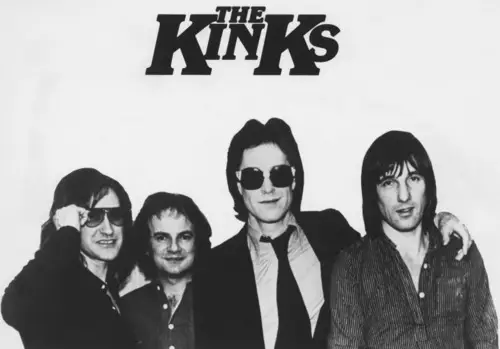
By the late ’70s, many people thought The Kinks’ best years were behind them. Then they came back swinging with Low Budget, an album full of hard rock energy that reintroduced them to American audiences. Songs like “Catch Me Now I’m Falling” and “(Wish I Could Fly Like) Superman” proved they still had plenty of bite left.
While it gave them a brief resurgence, Low Budget isn’t remembered as fondly as their ’60s hits. Still, it’s a record that shows how The Kinks adapted to the times without losing their sharp edge. It’s a great reminder that even late in the decade, they were still capable of turning out a powerful album.
13. Street Survivors – Lynyrd Skynyrd (1977)
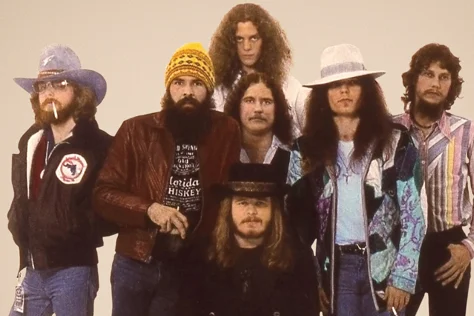
Released just days before the tragic plane crash that killed several band members, Street Survivors became both a high point and a haunting chapter in rock history. The album delivered classics like “What’s Your Name” and “That Smell,” which showed the band evolving their Southern rock sound with sharper songwriting. It was proof they were heading into a bold new era.
Because of the crash, the record often gets overshadowed by the tragedy rather than the music itself. Yet listening today, you can hear a band at its creative peak, tightening their sound while keeping the swagger. It’s a bittersweet reminder of what could have been, and it deserves to be remembered for more than just its timing.
14. Rust Never Sleeps – Neil Young & Crazy Horse (1979)
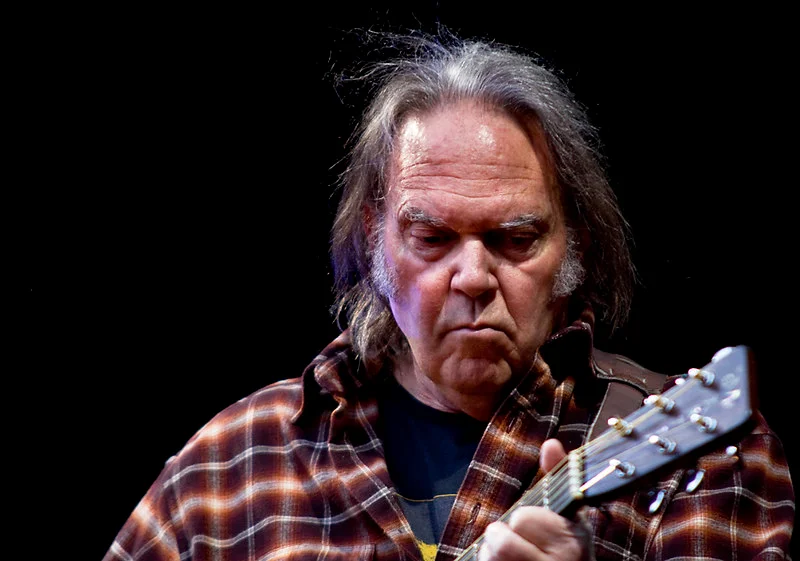
Neil Young was always unpredictable, and Rust Never Sleeps cemented that reputation. The album opens with acoustic introspection on songs like “My My, Hey Hey (Out of the Blue)” and closes with the electric roar of “Hey Hey, My My (Into the Black).” It showed both sides of his artistry—quiet folk troubadour and loud rock innovator.
While it was highly praised at the time, it’s less likely to be mentioned in casual conversations than Harvest. Still, this record influenced countless bands, from grunge pioneers to indie rockers decades later. It’s gritty, raw, and forward-thinking. If anything, it’s more relevant now than when it came out.
15. Night Moves – Bob Seger & The Silver Bullet Band (1976)

Bob Seger’s Night Moves made him a star, yet the album itself isn’t always given the same attention as some of its hit singles. The title track became an anthem of youthful nostalgia, while songs like “Rock and Roll Never Forgets” and “Mainstreet” cemented his storytelling chops. It was heartland rock before that was even a term.
These days, Seger is often remembered more for greatest-hits compilations than for specific albums. But Night Moves is the one that shaped his identity as a major voice of the ’70s. It bridges rock, country, and soul in a way that still resonates. It’s a record worth revisiting from beginning to end.
16. 2112 – Rush (1976)
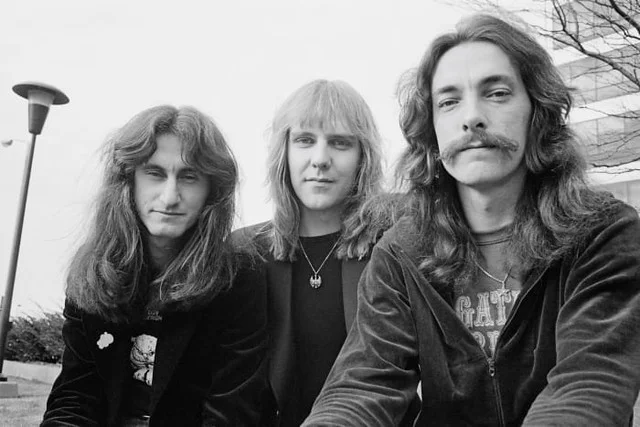
Before 2112, Rush were on shaky ground with their label, but this concept-driven masterpiece saved their career. The epic title suite sprawls across 20 minutes, telling a dystopian story that cemented their prog-rock credentials. The rest of the album balanced that ambition with more accessible tracks like “A Passage to Bangkok.”
Rush went on to bigger commercial success in the ’80s, but 2112 is the turning point that made it all possible. Outside of hardcore fans, it doesn’t always get discussed in mainstream rock history. Still, its influence can be heard in metal, prog, and even alternative bands decades later. It’s the sound of a band refusing to compromise—and winning.
17. Sheer Heart Attack – Queen (1974)
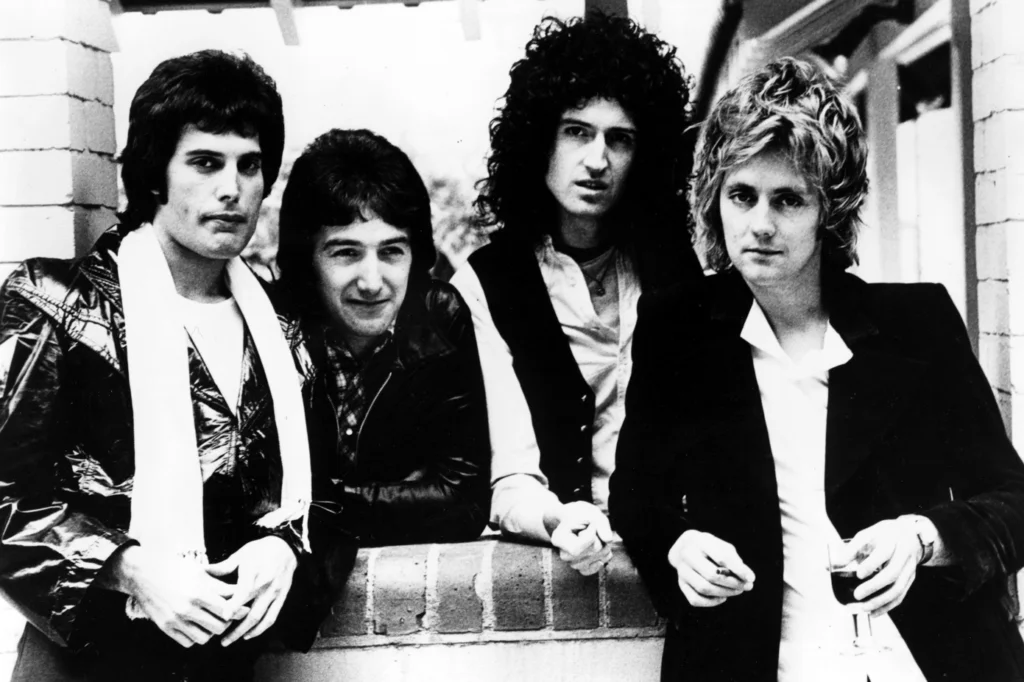
Everyone knows A Night at the Opera for “Bohemian Rhapsody,” but Sheer Heart Attack was the album that really showed what Queen could do. “Killer Queen” became their first big international hit, and the record’s mix of glam rock, hard rock, and even proto-punk energy made it wildly diverse. You can hear the band experimenting with sounds that would later define them.
Because their bigger albums cast such long shadows, Sheer Heart Attack doesn’t get nearly enough credit. Yet it was the turning point from cult glam band to arena-filling legends. It’s messy, fun, and adventurous in a way that feels alive. Without it, the Queen story would look very different.
18. Turnstiles – Billy Joel (1976)
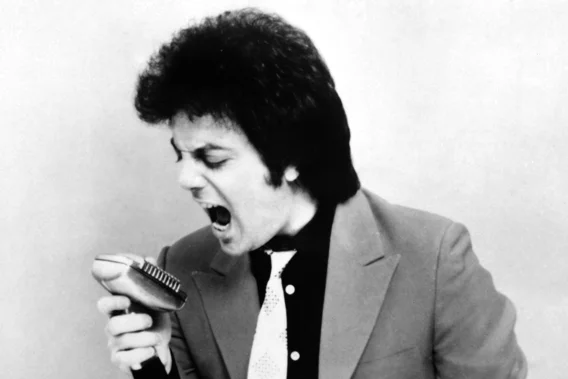
Before The Stranger made him a superstar, Billy Joel released Turnstiles, a record full of songs that captured his New York spirit. Tracks like “Say Goodbye to Hollywood,” “New York State of Mind,” and “Prelude/Angry Young Man” showed his range, from ballads to furious piano-driven rockers. It’s an album bursting with personality.
Yet when people think of Joel, they usually skip straight to his later hits. Turnstiles often gets lost in the shuffle, even though it’s arguably one of his most personal and inspired works. It’s the sound of an artist finding his stride before the world caught on. For fans willing to dig deeper, it’s a rewarding listen.


